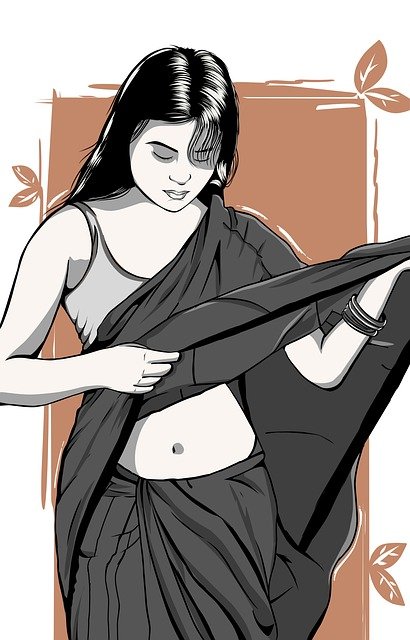**"The Rise of Sustainable Fashion: Trends and Innovations Shaping the Future"** In this post

The Rise of Sustainable Fashion: Trends and Innovations Shaping the Future
As the world becomes increasingly aware of the environmental and social impact of the fashion industry, sustainable fashion is no longer just a trend—it's a movement that is reshaping the way we design, produce, and consume clothing. Here, we explore some of the key trends and innovations that are driving the rise of sustainable fashion.
1. Eco-Friendly Materials
One of the most significant shifts in sustainable fashion is the use of eco-friendly materials. Designers are turning to organic cotton, hemp, Tencel, and recycled fabrics to reduce their carbon footprint. Innovations such as bio-fabricated materials and vegan leather alternatives are also gaining traction, offering consumers stylish options without compromising on ethics.
2. Circular Fashion
The concept of circular fashion is gaining momentum, emphasizing the importance of recycling and upcycling. Brands are implementing take-back programs, encouraging customers to return their old garments for recycling or refurbishment. This not only reduces waste but also fosters a more sustainable consumption model where clothing has a longer life cycle.
3. Transparency and Ethical Practices
Consumers are increasingly demanding transparency from brands regarding their supply chains. Sustainable fashion emphasizes ethical practices, from fair labor conditions to environmentally friendly production processes. Brands that share their stories and practices are winning consumer trust and loyalty, making transparency a key trend in the industry.
4. Technology and Innovation
Technology is playing a pivotal role in the evolution of sustainable fashion. From 3D printing to digital fashion shows, innovative technologies are reducing waste and energy consumption in the design and production processes. Additionally, advancements in AI and data analytics are helping brands predict trends and manage inventory more efficiently, minimizing overproduction.
5. Slow Fashion Movement
In contrast to the fast fashion model, the slow fashion movement encourages mindful consumption and investment in high-quality, timeless pieces. This shift promotes a more thoughtful approach to fashion, where consumers prioritize durability and versatility over fleeting trends.
6. Second-Hand and Rental Markets
The second-hand and rental markets are booming as consumers seek more sustainable options. Platforms for buying, selling, and renting clothing are becoming increasingly popular, allowing individuals to refresh their wardrobes without contributing to the demand for new products. This trend not only promotes sustainability but also offers unique and vintage finds.
7. Collaborations and Community Initiatives
Brands are increasingly collaborating with artists, activists, and other organizations to promote sustainability. Community initiatives, such as clothing swaps and repair workshops, are empowering consumers to take part in the sustainable fashion movement. These collaborations foster creativity and innovation, bringing fresh ideas to the forefront of the industry.
Conclusion
The rise of sustainable fashion is not just a fleeting trend; it's a fundamental shift in the industry that reflects a growing consciousness among consumers and designers alike. As we move towards a more sustainable future, embracing eco-friendly practices, innovative technologies, and ethical standards will be crucial in shaping the next generation of fashion. Together, we can create a fashion landscape that values sustainability, creativity, and community.
Are you ready to join the sustainable fashion movement? Share your thoughts and experiences in the comments below! 🌱✨
